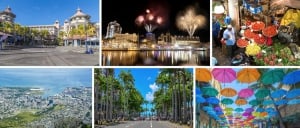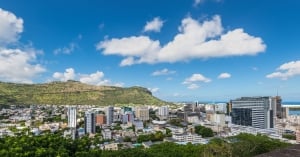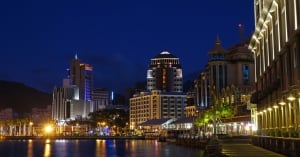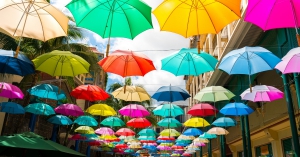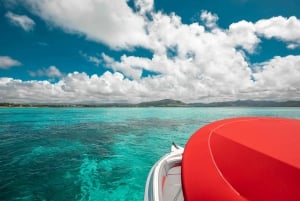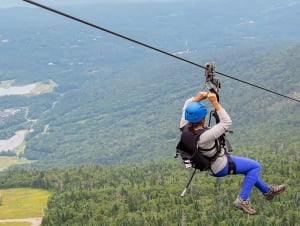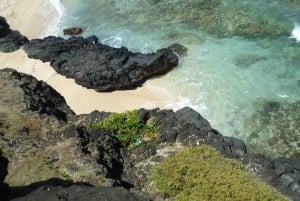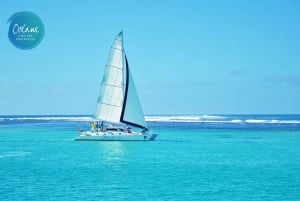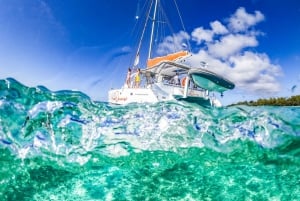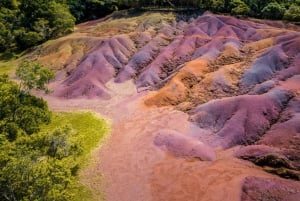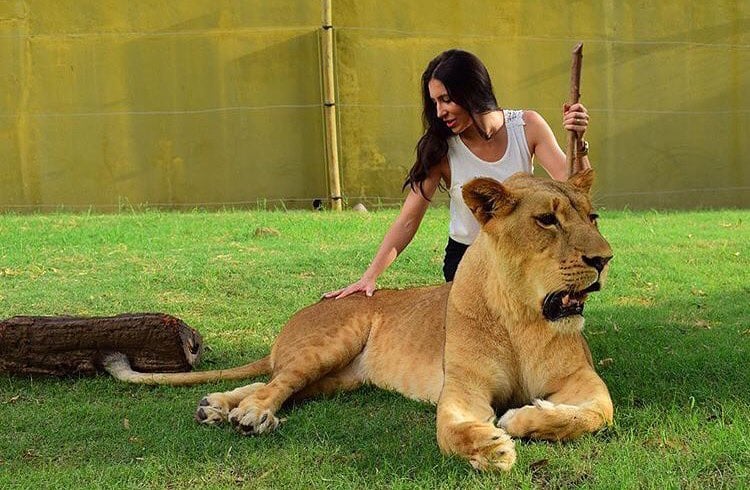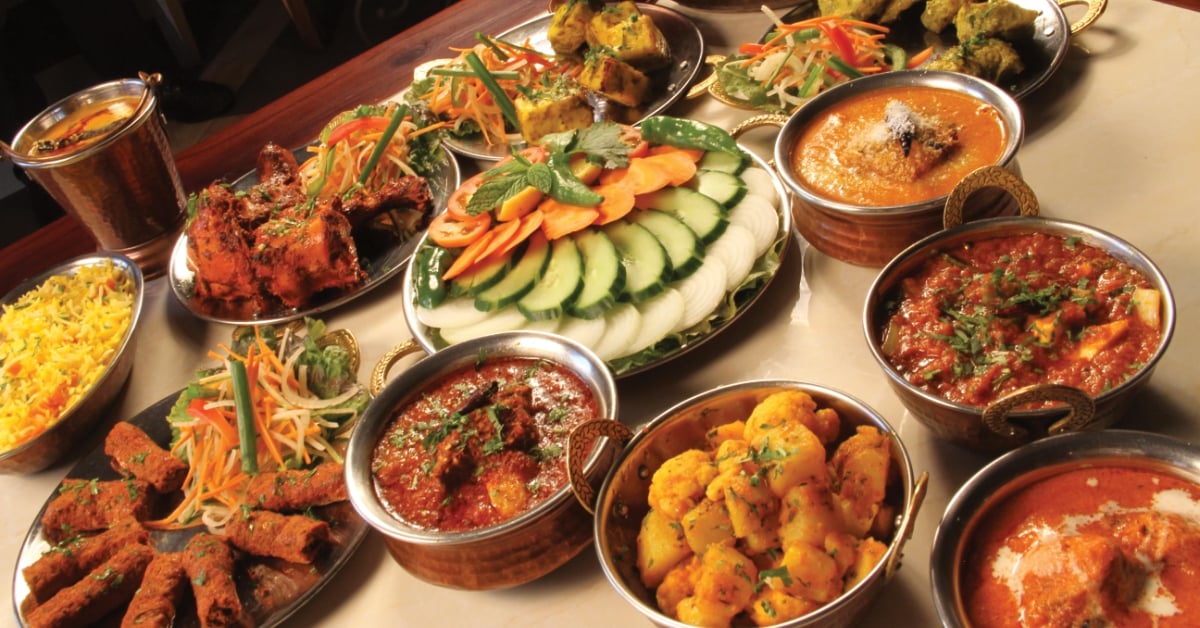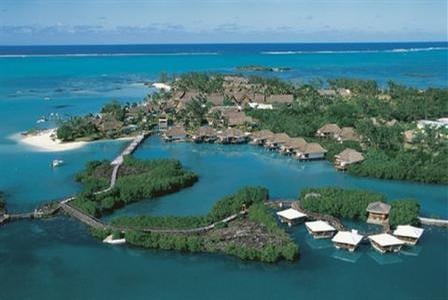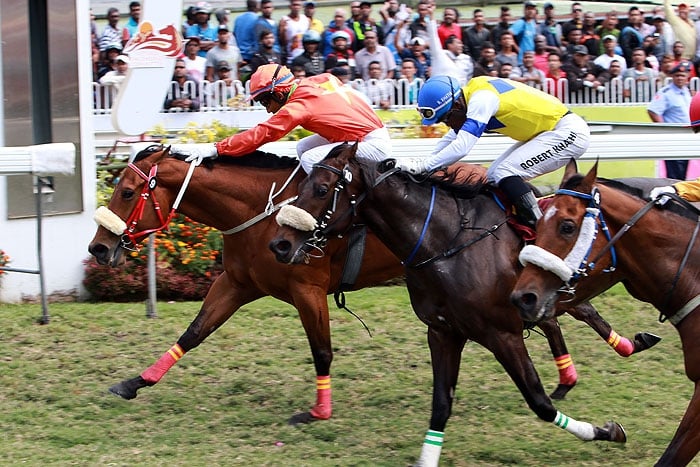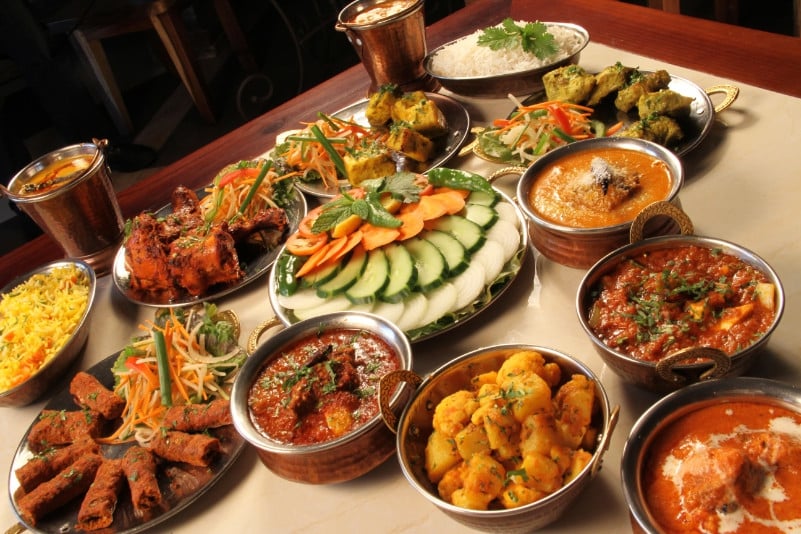Port Louis, Capital of Mauritius
The city streets are teeming with people during the day from all of walks of life, business entrepreneurs, tourists and the locals of all ages
Port Louis, Capital of Mauritius
Port Louis, the capital of Mauritius, is the business centre of the country. In 1732, the French made Port Louis the main port of Mauritius to exploit its strategic position on the Spice Route and Mauritius earned the title of the ‘Star and Key of the Indian ocean’. This transformed the port into a large-scale naval base for French ships and supported the French India Company’s trade with Asia.
Port Louis is unique and quaint compared to other areas of Mauritius; it also tends to be a little hotter and more humid than other parts of the island. The city streets are teeming with people during the day from all of walks of life, business entrepreneurs, tourists and the locals of all ages. Most of all, Port Louis is a welcoming city, it is bustling with energy.
A day out to the city is highly recommended as there are so many things to see and do. You can visit its historical sites and museums, including the famous Blue Penny museum which contains the very first postal stamp used in the world. A "must see" are the bustling and colourful markets, go up into the mountains which overlook this capital city or attend exciting horse racing events at Champ de Mars located on the outskirts of the city.
The Aapravasi Ghat
The Aapravasi Ghat, a historical site built in 1849, is located near the Port. It is a symbolic and historical site where indentured labourers once disembarked and in July 2006 was recognised as World Heritage Site. Mauritius was the first colonised country in the world to implement the system of indentured labour, specifically to work in the sugar cane plantations. Mauritius’ success led to similar system being introduced in other British, French, Dutch and Spanish colonies. You can visit Aapravasi Ghat between 9 a.m. to 4 p.m. from Monday to Saturday and entrance is free.
Fort Adelaide
Commonly known as La Citadelle, Fort Adelaide was built high on the hill in the capital of Mauritius to look out for potential riots in Port Louis before the abolition of slavery. Until recently, it hosted shows and concerts from both local and international artists and now it’s home to shops and handicrafts. One of its key attractions for locals and tourists is that it is truly an enchanting vantage point to admire the splendid panoramic view of the Harbour. From there you can also capture the view of Port Louis and the Moka mountain range and Champ de Mars.
Champ de Mars
It was the first racecourse in the southern hemisphere and was built in 1812 by the British. It is also the only racecourse in Mauritius and horseracing takes place from late March to early December on Saturdays and a few Sundays. The atmosphere there is electrifying on race days, unique in the world of horse racing. The track is also used as a jogging track by locals and as a leisure park during the week and at night.
Central Market
As soon as you pass through its imposing old gates all your senses are assaulted by the wondrous and exotic sights, sounds and smells - welcome to the central market of Mauritius! The tropical fruit, spices from the East and fresh vegetables are towered up in an abundance of pyramids on the stalls. Throughout the market you will be enveloped by the piercing cries of the merchants bidding you to buy their wares. Stop awhile and appease your thirst with coconut juice drunk from the very coconut in which it is found or take a refreshing glass of a traditional Mauritian thirst quencher, "alouda", a mixture of milk, ice, jelly and "tocmaria" seeds. And if you are hungry, there is no shortage of traditional Mauritian snacks and foods to be found like vegetable and non-vegetable masala curries, "hot dholl puris" and fried noodles.
Walk through the central market of Mauritius where the smell of the fruits, vegetables, seafood and spices tickle the nose.
Away from the areas selling fresh and cooked food produce, you will many stalls selling clothing, craft products from Mauritius, Rodrigues and Madagascar, souvenirs gifts, and stalls dedicated to the Hindus selling products for prayers.
Caudan Waterfront
This is the first modern shopping mall in Mauritius, built in 1996, on the waterfront of Port Louis. The mall comprises of shops, a hotel, restaurants, pubs, nightclubs, cinemas, a casino, a museum, offices, currency exchange and a craft market.
Marie Reine de la Paix
Marie Reine de la Paix is located on the flank of Signal Mountain and boasts a 3-feet high statue of Virgin Mary holding a globe in her palm. Priest James Leen used to go there during World War II and prayed for the safety of Mauritius. The war never touched the island despite severe British, French, and German manoeuvres on and off of the coast of Africa. Marie Reine de la Paix boasts open greenery set against a mountain backdrop with beautiful sights over the capital of Mauritius. The open church here was visited by Pope John Paul during his 1989 Mauritius visit. Evening, with its light cool breeze, is the best time to visit the area.
Colonial Buildings
If some old residences are giving way to concrete buildings, certain quarters have kept an old-time charm with the colonial buildings still intact: The Government House, the Supreme Court, Theatre of Port Louis, banks, postal museum and Dodo museum. Most of the colonial buildings are located close to Main Square, Place d’Armes.
Museums
There are different museums at Port Louis to discover like the Postal museum, Dodo Museum, Natural History Museum, Sir Seewoosagur Ramgoolam Memorial Centre for Culture, Photographic Museum and the Blue Penny Museum. Of these, the Blue Penny Museum is the most impressive and is a must-see for culturally inclined visitors. Here you can discover the history of Mauritius, arts, legendary books, paintings and stamps, including 2 one penny orange red and 4 two pence indigo blue bought for USD 2.2m in 1993.
A beautiful village to visit a few kilometers away from Port Louis is Grand Baie



